- The Supply Times
- Posts
- The Click Killer
The Click Killer
The Supply Times Issue #80
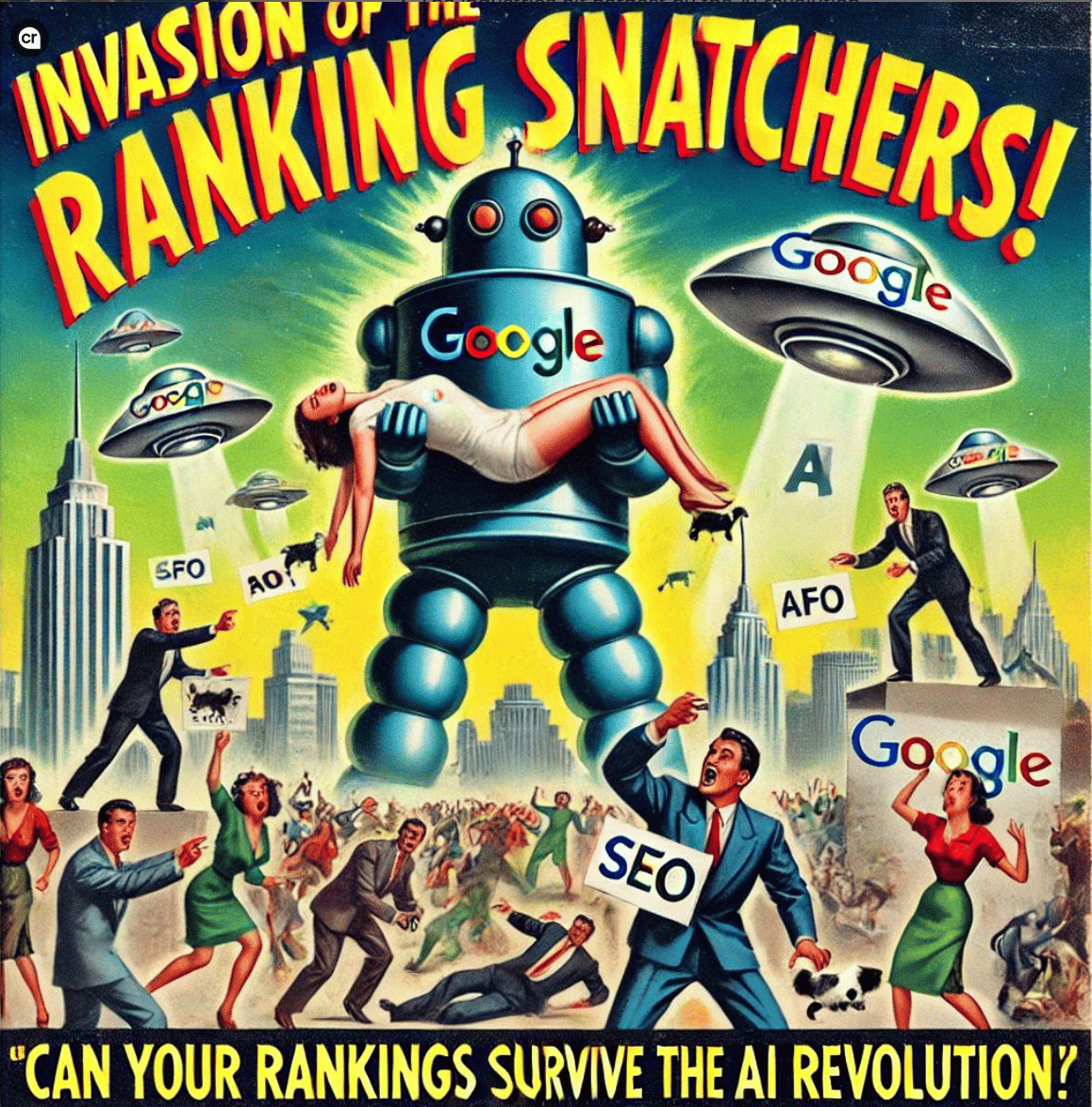
Image: Scott Walldren
Hello again, dear readers!
Spare a thought for SEO experts and digital marketers. The AI revolution has pulled the rug out from under online search. with plummeting traffic linked to the rise of AI summaries and no-click searches. Does this mean the end of Google Search? Read on to find out.
Also, Microsoft has released a report revealing the hyper-distractive environment most office workers have to deal with and how it has destroyed any last vestiges of focus time. How on earth can people get work done when they’re interrupted every two minutes and have to deal with 117 emails and 153 instant messages per day? More on that below.
This issue features the usual bunch of AI Insights and recommendations for the week's podcasts, books, shows, charts, and tweets, followed by a final chuckle.
Let’s get going.
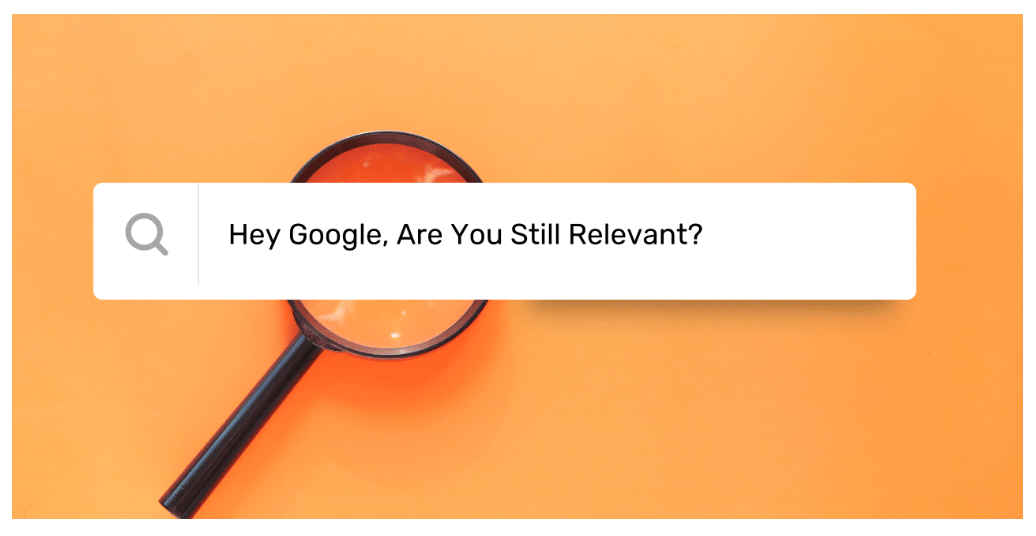
Image: Piyush Prem
Do you know any SEO professionals? Now might be a good time to check in on them and maybe buy them a drink, because the entire profession is going through a wild transition.
AI has become a "click killer," shaking up how we find information online and leaving digital marketers scratching their heads. I remember when Google wasn’t the go-to search engine; it competed with Yahoo, AltaVista, and Ask Jeeves, the friendly butler of the internet. Fast forward to today, and AI tools are changing the game in ways we couldn’t have imagined.
Recent stats highlight just how much things have shifted. In May, search referrals to major U.S. travel and tourism sites dropped by 20% compared to last year. E-commerce sites saw a 9% decline, while news and media outlets experienced a 17% drop in traffic. AI-powered search engines like ChatGPT and Perplexity AI are starting to take the spotlight, accounting for about 10% of the traditional search losses. No wonder BrightEdge CEO Jim Yu has referred to this situation as a “Searchquake”.
For digital marketers and SEO experts, it feels like the ground is shifting beneath their feet. With AI and zero-click searches gaining popularity, the old ways of driving traffic to websites are becoming less effective. Google’s own data shows that searches with AI Overviews lead to a click-through rate of just 23%, while those without these summaries see 36%. That’s a big deal for businesses that rely on search traffic for visibility and sales.
So, what’s the new user behavior? People want quick answers rather than sifting through a bunch of links. This change means websites have to adapt fast if they want to stay relevant in a world where traditional search traffic is waning. The reliable paths to reaching audiences are becoming less stable, forcing companies to rethink their digital strategies.
Relying on AI overviews for research can lead to several potential problems. First, these summaries often lack depth, omitting critical details and leaving users without a comprehensive understanding of complex topics. Additionally, accuracy can be an issue, as AI-generated content may include inaccuracies or outdated information, which can mislead users. There's also the concern of source credibility; users might not be aware of the origins of the information, potentially spreading misinformation if the sources are not reliable. This reliance on quick answers can reduce critical thinking, discouraging deeper analysis and engagement with the material.
Furthermore, as users become accustomed to AI-generated content, they may neglect traditional research methods, such as consulting primary sources or expert opinions. AI summaries often simplify complex issues, stripping away necessary nuance, and can reinforce confirmation bias, where users gravitate toward information that aligns with their existing beliefs. This reliance may also limit exposure to diverse perspectives, as AI tends to prioritize popular sources over niche opinions.
Does this mean the end of Google search and its ubiquitous blue links? Maybe. Google has started adding AI-generated summaries at the top of search results to keep users engaged. But users don’t scroll past them: while Google claims these AI Overviews improve the search experience, they can actually kill clicks. Companies like Chegg have pointed to AI Overviews as a major factor in their struggles, noting how they’ve lost traffic that used to flow to their educational resources.
The competition for user attention is more intense than ever. Reddit, which gets 57% of its visits from search, is teaming up with AI firms to boost its search capabilities. Expedia’s CEO even mentioned the importance of partnering with AI search companies to connect with travelers.
It’s clear that the web economy is in for a shake-up. Companies that once thrived on search traffic are now facing the reality of AI’s impact. With Google diversifying into cloud computing and autonomous driving, the future of traditional search feels a bit uncertain. It’s reminiscent of the late ’90s when the internet was still figuring itself out.

The Future of Work: Is the Workday broken?
Does this sound familiar? You sit down to tackle your to-do list, only to find that every two minutes, you're interrupted by a new email, a ping from Teams, or a meeting invite. Welcome to the modern workday, where focus is a myth, and productivity feels like chasing shadows. Microsoft's 2025 Work Trend Index Annual Report paints a stark picture of how our work lives have become marathons of chaos and distraction.
According to the report, employees face a relentless barrage of interruptions: 275 times a day, to be exact. That's right: every two minutes, our attention is yanked away from meaningful work. With the average worker receiving 117 emails daily and more than 50 messages outside of core business hours, it's no wonder that focus time has become an elusive dream.
Image: Microsoft
The flood of interruptions
Think about it: our mornings often start before sunrise, with many people checking their emails at 6 AM, hoping to get a head start. By 8 AM, Microsoft Teams has overtaken email as the primary communication tool, resulting in an overwhelming influx of messages that sets a frenetic pace for the day. Half of all meetings occur during peak productivity hours, leaving little room for deep thinking. Those precious moments when our brains are wired for creativity and problem-solving are hijacked by back-to-back calls and urgent messages.
A staggering 60% of meetings are ad hoc, further complicating our already cluttered schedules. And large meetings are on the rise, often involving dozens of attendees, making it even harder to maintain focus or contribute meaningfully.
The evening drain
The report reveals that the modern workday “bleeds” into the evening, with meetings after 8 PM up by 16% year over year. Many employees find themselves drawn back to their inboxes late at night, with nearly a third diving into work-related tasks by 10 PM. The boundary between work and personal time has eroded, leaving employees feeling drained and overwhelmed.
Image: Microsoft
On a side note, the U.K., France, Ireland, Belgium, and Australia have implemented “Right to Disconnect” laws that allow employees to disengage from work communication after hours.
What this means
As pressure mounts and expectations rise, many employees report feeling chaotic and fragmented in their work. This constant state of interruption can lead to burnout, decreased job satisfaction, and ultimately, lower productivity. If we continue down this path, we risk a workforce that’s perpetually stressed and disengaged.
Solutions
So, what can be done to fix this mess? First, organizations need to adopt a “focus-first” mindset, questioning how time is spent and what truly drives impact. Here are a few actionable strategies:
Embrace the 80/20 rule: Focus on the 20% of tasks that yield 80% of the results. Streamlining low-value tasks with AI can free up time for what really matters.
Redesign team structures: Move away from rigid, function-based teams to agile, outcome-driven models. This flexibility can reduce unnecessary meetings and foster collaboration.
Cultivate focused work environments: Encourage designated focus times where meetings are minimized, allowing employees to dive deep into their work without interruptions.
Set clear boundaries: Leaders should model work-life balance by respecting personal time. Creating a culture that values downtime can help employees recharge and return to work more engaged.
By reimagining how we work, we can create an environment where productivity thrives, and employees find joy in their work once again. The question is: will we take the steps to fix it?

AI Insights
60% of US public school teachers use AI tools: Teachers are using GenAI tools to save approximately six hours per week by generating worksheets, quizzes, lesson plans, grade students’ work, and streamline admin. This begs the question: if teachers are using AI for lessons and grading, how long will it be before schools decide to swap human teachers for AI?
WEF argues for AI-driven synthesis: The article highlights how Physical AI can boost our abilities instead of just taking over jobs, stressing that we have tons of sensor data in manufacturing and other sectors that goes unused. Instead of focusing on robots for automation, we should use AI to help small teams tackle complex challenges, especially in industries facing labor shortages.
AI doesn’t understand how humans move through different environments: Researchers from the University of Amsterdam have found that unique brain activations help us intuitively understand how to navigate different environments, like knowing when to walk, climb or swim. Using MRI scans, they discovered that certain brain areas automatically process these "affordances" without conscious thought. In contrast, current AI models, including ChatGPT, struggle with this simple task, highlighting a gap in their understanding of human interaction with the world.
The Supply Aside
📕 Read - The Survivors Club
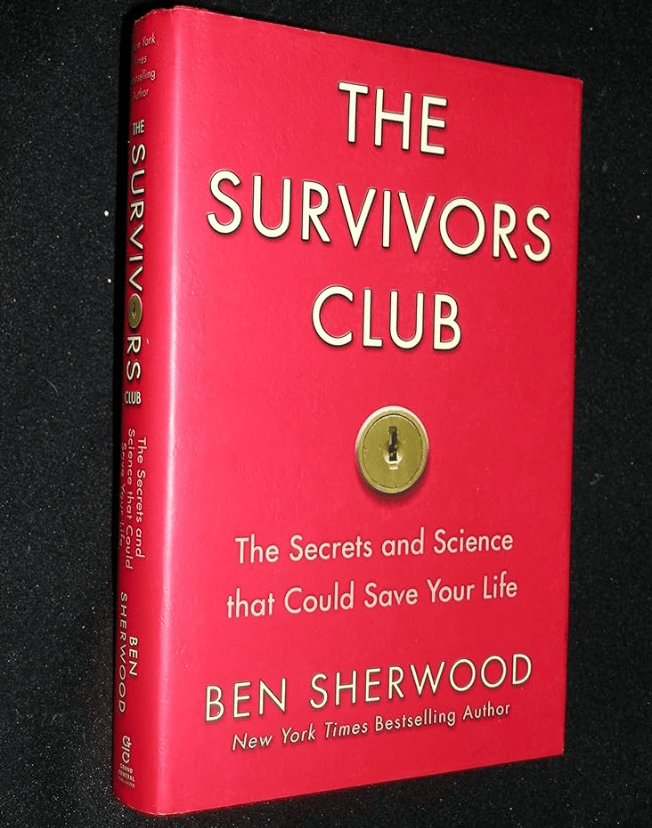
Remarkable people abound in Ben Sherwood's exploration of extraordinary human resilience, revealing secrets and science that could save your life when it hits the fan. Sherwood interviews individuals who have faced seemingly impossible challenges—like a woman who fell from the sky and a man who floated 300 miles out to sea after the Asian tsunami. What drives these natural survivors to find incredible inner strength and cling to hope against all odds? Are they simply lucky, or is there something deeper at work? In the tradition of Malcolm Gladwell, this book combines gripping true accounts with profound insights from survivors and experts around the world.
What Else I’m Reading
Automotive CEO Moves from Cars to Handbags: Luca de Meo just stepped down as CEO of Renault to become the new head of Kering, the luxury company that owns Gucci, and people are excited about what he might do. His appointment has already bumped up Kering’s market value by €2.5 billion, as investors hope he can bring some much-needed fresh ideas to revive the brand, even though he doesn’t have much experience in luxury fashion.
Serial CEOs are falling out of fashion: This article explores why the serial CEO — the company or industry-hopping leader once prized for transferable managerial skills and fresh perspective — is increasingly rare.
Mind the Gap: Gap Inc. is trying to bounce back under CEO Richard Dickson, who's dealing with tough challenges from tariffs and stiff competition. Despite its rocky past, there's some hope as younger shoppers are showing interest again, but the brand needs to keep up with changing trends and stay resilient in a shaky market.
📺 Watch - American Manhunt: Osama Bin Laden

Image: Netflix
"American Manhunt: Osama bin Laden" sets itself apart from other documentaries about bin Laden by focusing on the personal stories of the people who were actually involved in the hunt for him, rather than just the broader context of the War on Terror. This doco features interviews with intelligence operatives, Special Forces, and officials from the CIA and FBI, including well-known figures like Leon Panetta and Henry A. Crumpton. The creators focus on the lives and experiences of those who were part of that mission. It adopts a modern storytelling style that prioritizes personal narratives and insights, giving it a fresh angle on a well-trodden topic.

In this episode of The Knowledge Project, Shane Parrish chats with Reed Hastings, the co-founder of Netflix, about a lifetime of making bold, successful decisions. Hastings shares his journey of building a high-performance culture where growth and achievement take precedence over loyalty. He draws parallels to professional sports, highlighting how competition and teamwork can coexist. With insights on scaling trust and fostering an empowering environment, this episode is a treasure trove for anyone looking to enhance their leadership skills and make impactful choices in their careers.
💡 Think - Ask more questions?
So the current administration is intensifying its scrutiny of elite consulting firms, such as McKinsey and BCG, demanding that they justify the billions in federal contracts they have received. The GSA's message was blunt: most of this work isn't core, so prove your worth or expect the inevitable cuts. So what's the ask? Strip out the jargon, explain your fees, and show outcomes. This moment is part of a broader shift where value-based accountability is no longer optional, even for the most prestigious names.
As someone who has led numerous procurement transformations, I see echoes of what we've been pushing suppliers on for years, namely, clarity, performance, and measurable ROI. The days of PowerPoint theater and vague deliverables should hopefully be numbered. If the government can finally apply teeth to consulting spend, it sets a precedent the private sector should watch closely. High fees without high impact? Let the spotlight shine.
Charts of the Week
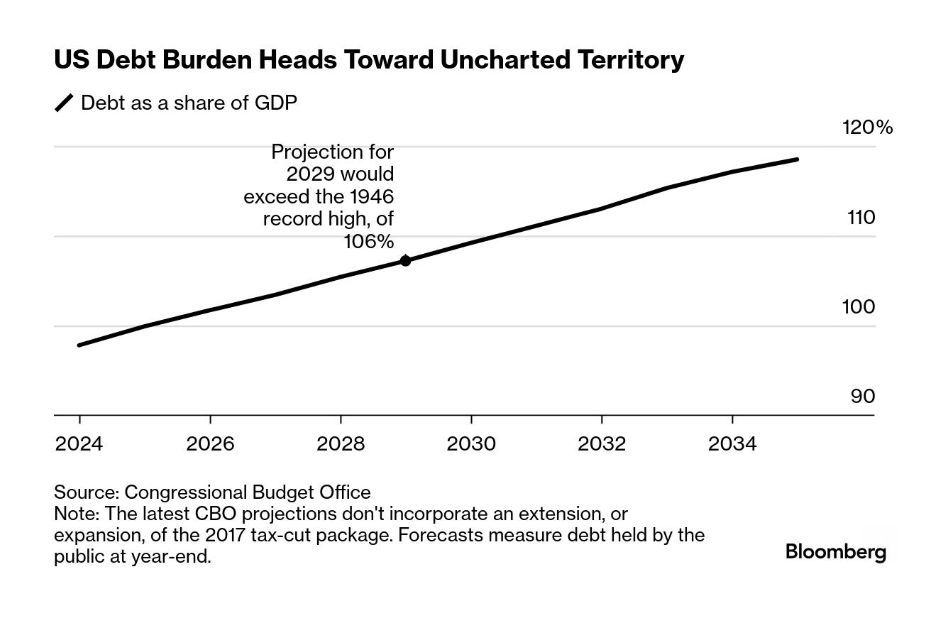
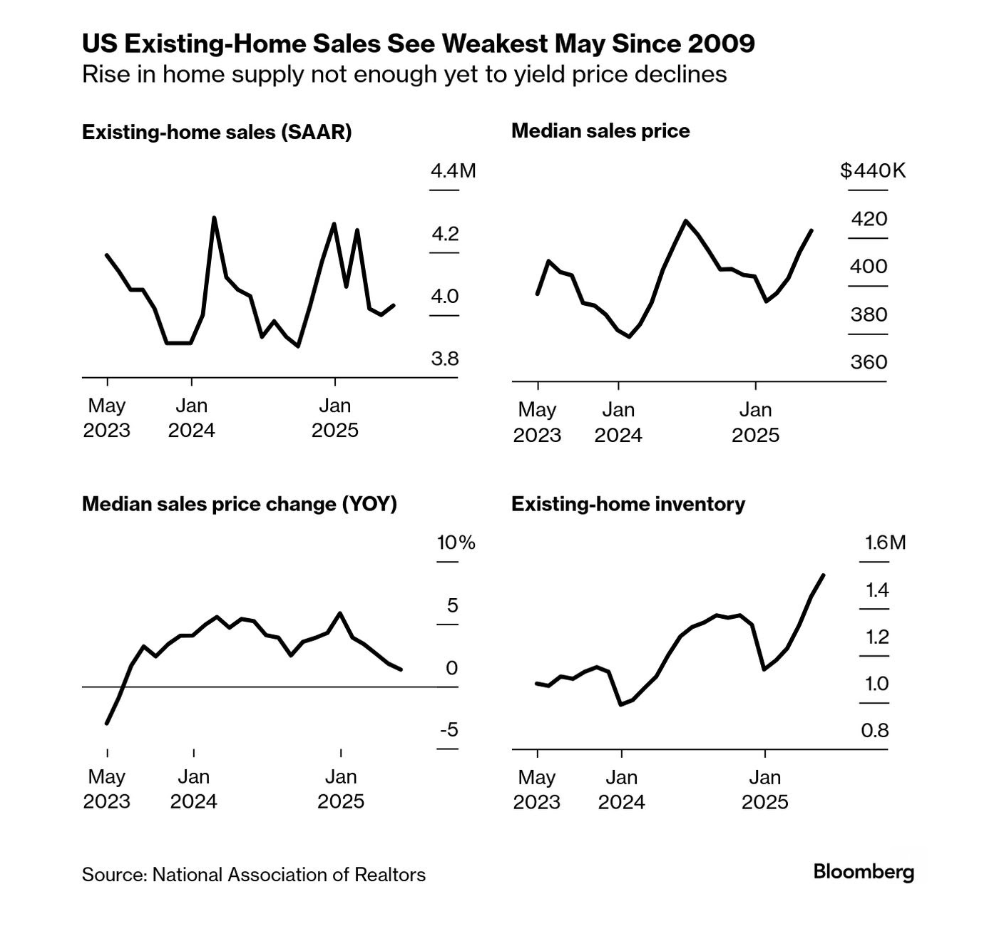
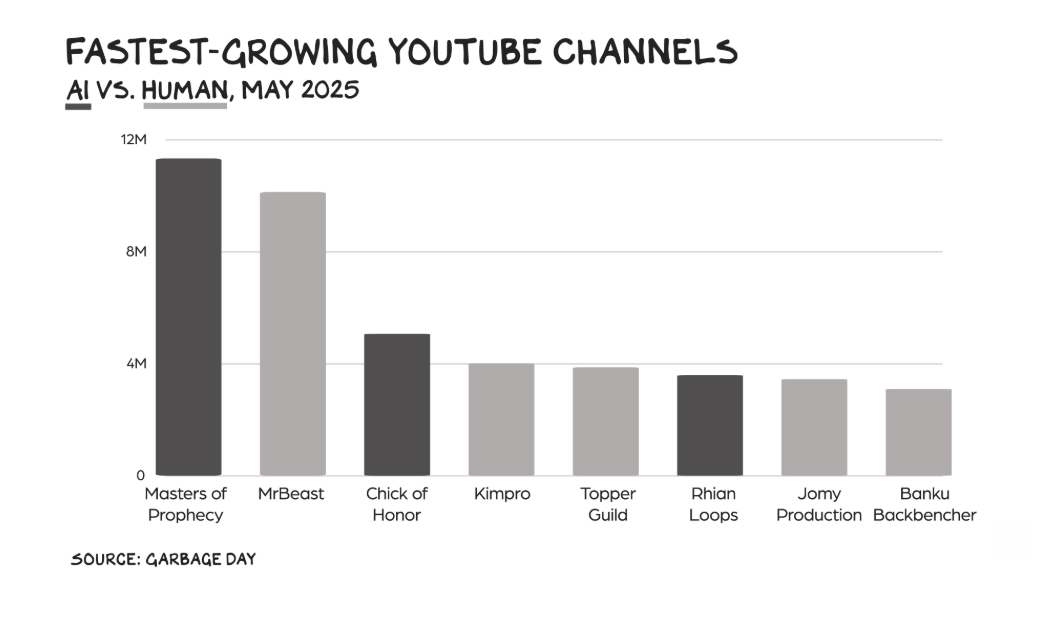
Quote of the Week
"It is the province of knowledge to speak and it is the privilege of wisdom to listen."
- Oliver Wendell Holmes
Tweet of the Week
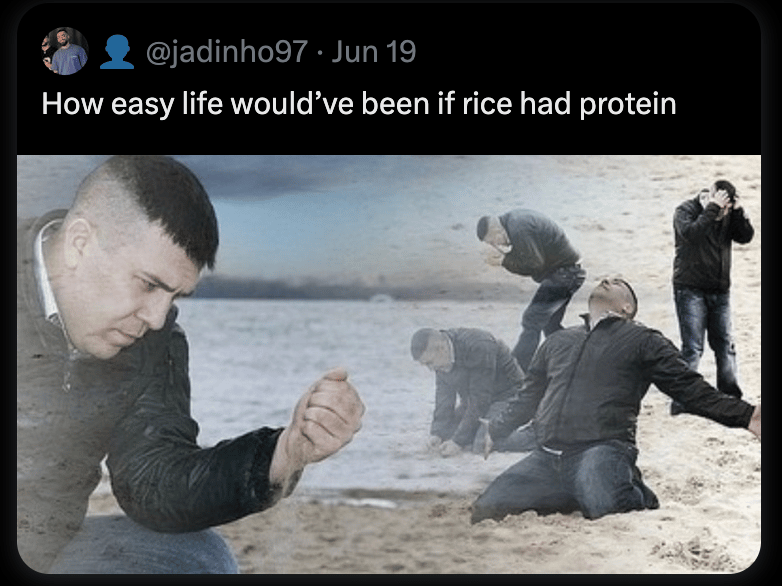
The Final Chuckle
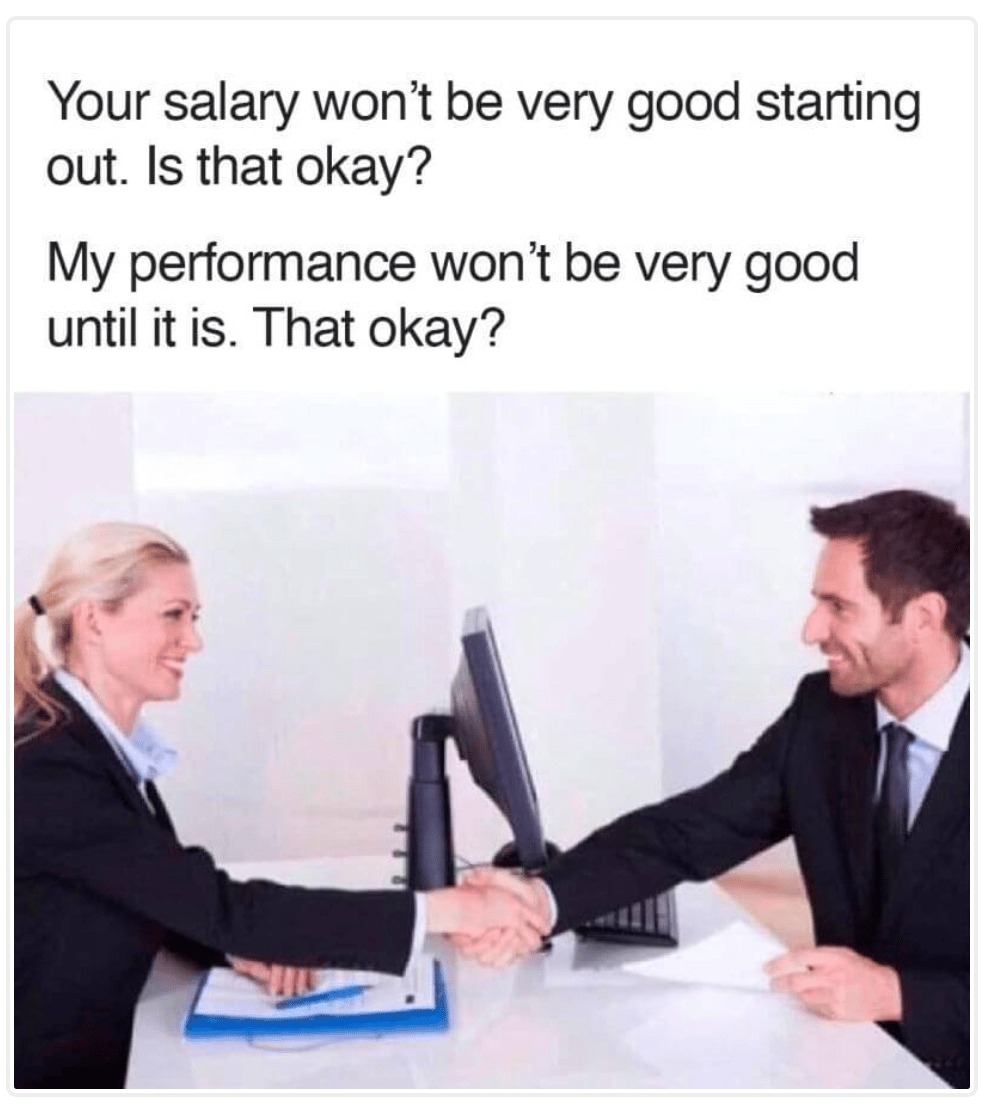

This issue of The Supply Times is brought to you by Carbon Report, the easiest way to capture Scope 3 emissions data in your procurement process. The best part? Collecting and storing this data from suppliers is free for procurement users. Sign up for a free account on their website, or book a demo directly with their founder, here.
Thanks so much for reading. I’d love to know what you think about this issue and how I can make it more useful to you. If you have suggestions or topics you want to see me address, email me at [email protected]!
-- Naseem